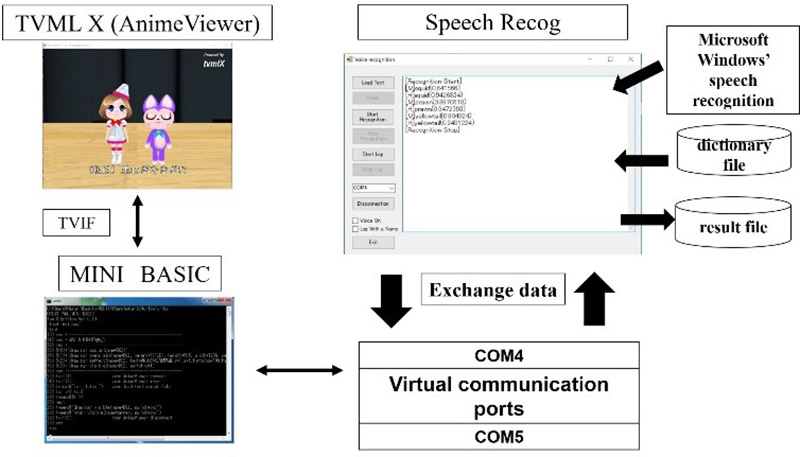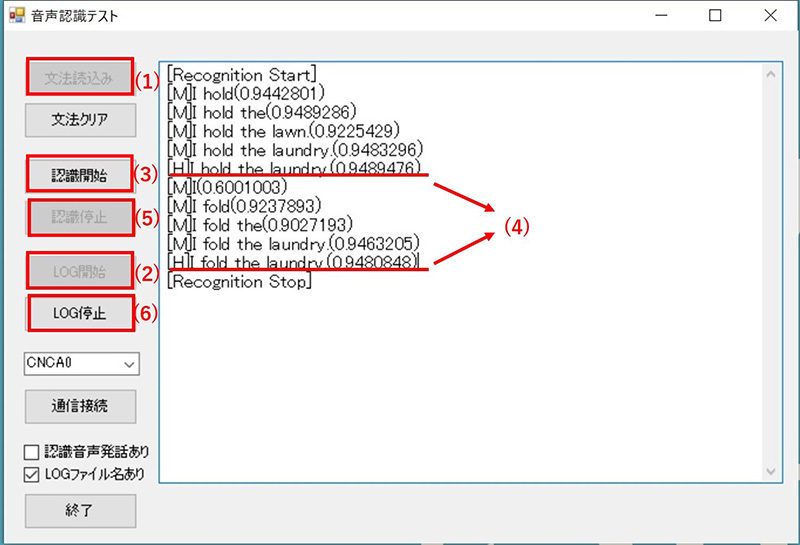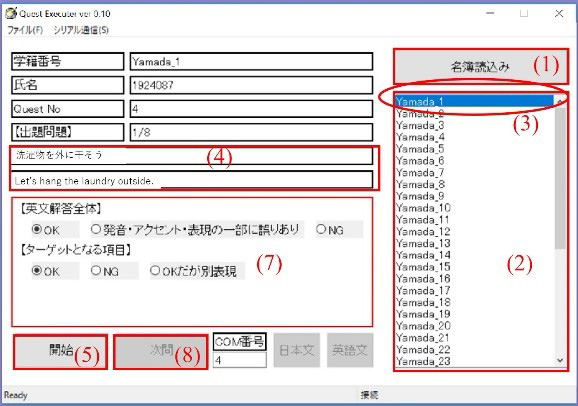A Prototype System with Speech Recognition Function for Practicing Speaking English
The literature indicates that many Japanese students enrolled in English language classes do not use English outside of class. Therefore, we assume that speech recognition technology can help create opportunities to speak English. Although some speech recognition software is widely available, few studies have been conducted using a software with a speech recognition function to investigate how we should adapt this technology to various levels of foreign language learners including Japanese students. The authors therefore developed a prototype system with a speech recognition function to create opportunities for Japanese students practicing English. We tested the system in a pilot study with 17 Japanese university students.
 During the test, students were asked to use the correct English word for an image displayed by the system. Students’ responses to the system were collected via a survey questionnaire. The pilot test indicated that most of the words were recognized accurately, and the students’ speech was correctly reflected by the system to a significant extent. In addition, 88% of the students expressed a positive attitude toward the system. These results suggest that speech recognition create opportunities for students to practice their English. In addition, the results suggest that we should consider the balance between the software’s recognition rate and students’ motivation for practicing English when using speech recognition software for language instruction.
During the test, students were asked to use the correct English word for an image displayed by the system. Students’ responses to the system were collected via a survey questionnaire. The pilot test indicated that most of the words were recognized accurately, and the students’ speech was correctly reflected by the system to a significant extent. In addition, 88% of the students expressed a positive attitude toward the system. These results suggest that speech recognition create opportunities for students to practice their English. In addition, the results suggest that we should consider the balance between the software’s recognition rate and students’ motivation for practicing English when using speech recognition software for language instruction.




